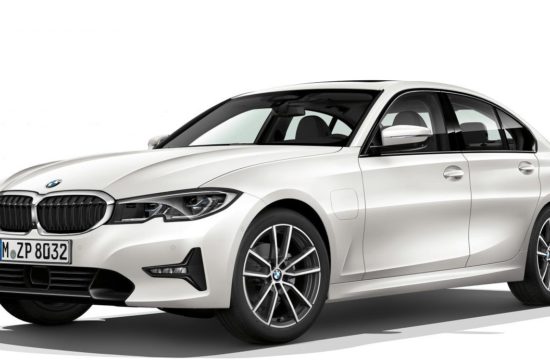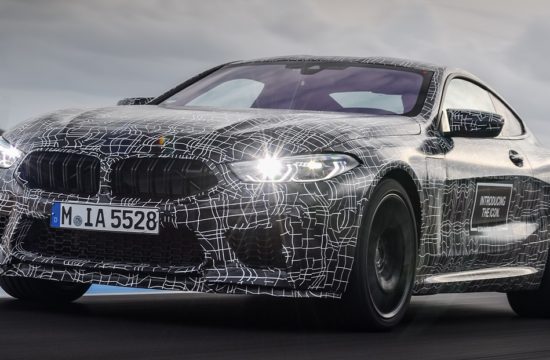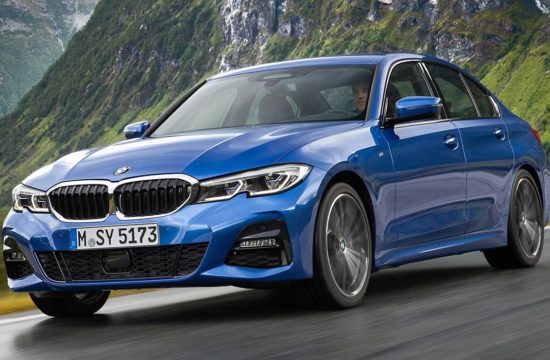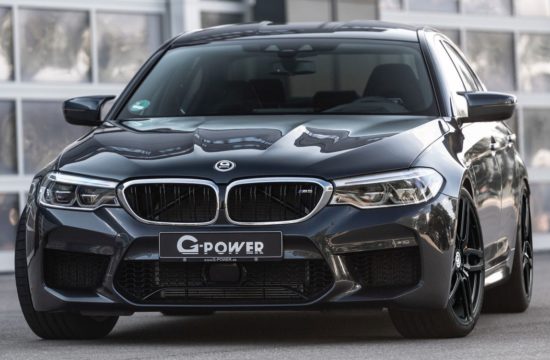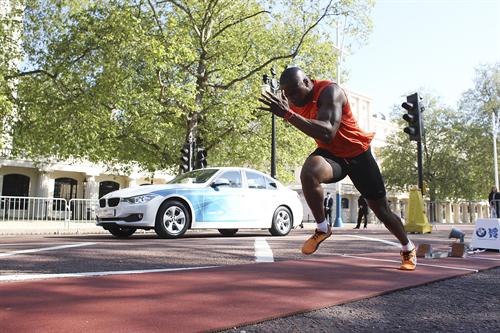
BMW is the official automotive partner of London 2012 Olympics. They supply the organizers with cars and in return get lots of good publicity out of the games. They just came up with a cool one, a drag race between a BMW 320d EfficientDynamics – which is part of the Olympic fleet – and a sprinter – Olympic gold medallist Mark Lewis-Francis.
To introduce some science to the party, they also brought along Professor Greg Whyte to monitor and investigate the world-class athlete’s performance. In the first 4 seconds of the race, and for the first 20m, surprisingly it’s the runner who’s ahead. After that of course the torque of the BMW kicks in and it goes past.
Mark Lewis Francis won an Olympic gold medal at Athens 2004 in the 4 x 100m relay. He’s a pretty fast guy. The BMW meanwhile is one of the cleanest sedans in the market – at 68.9mpg fuel consumption and just 109g/km CO2 emissions – and also one of the slowest with a 0 to 60 mph time of 8.0 seconds.
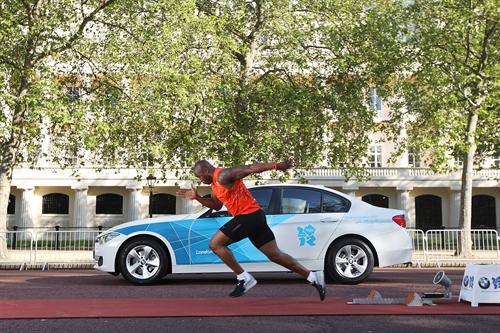
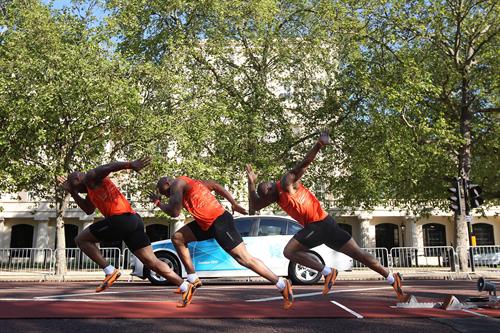
In order to determine the acceleration and measure the efficient conversion of energy to force of both Mark and the BMW, Prof Whyte examined similar principles and measures to BMW’s vehicle engineers. Prof Whyte explains:
Reaction Time
“As a professional athlete Mark is adept at sprinting from a starting gun and we are able to measure his reaction time from the moment the gun sounds to the point he explodes from the blocks. Along with other factors, it is how efficiently he is able to relay that response which allows him to pull away. Equally for the BMW – whilst the vehicle can make available the maximum propelling force limited only through the traction of the tyres – the reaction time of the driver is critical along with his ability to appropriately apportion the accelerator and clutch to achieve optimum wheel slip. To achieve this, the traction control must be switched off.”
Acceleration
“In measuring the rate of acceleration we looked at three particular aspects; the time it took for Mark and the BMW to travel their particular distances, the starting velocity of Mark and the BMW, and also the finishing velocity. Given the greater power to weight ratio that Mark has, he is able to accelerate very rapidly over short distances. This, together with resistance against the starting blocks enables him to achieve a starting acceleration of over 1G making him quicker than the BMW for just under 30 metres, until the point when then the sustained acceleration of the car consumes his head start.”
BMW 320d EfficientDynamics
[Manual] [sec]*Mark Lewis-Francis
[sec]0-5m 1.5 1.333 0-10m 2.3 1.990 0-20m 3.3 3.137 0-30m 4.0 4.121 0-100m 7.5 10.04 *Data from test results in Munich



